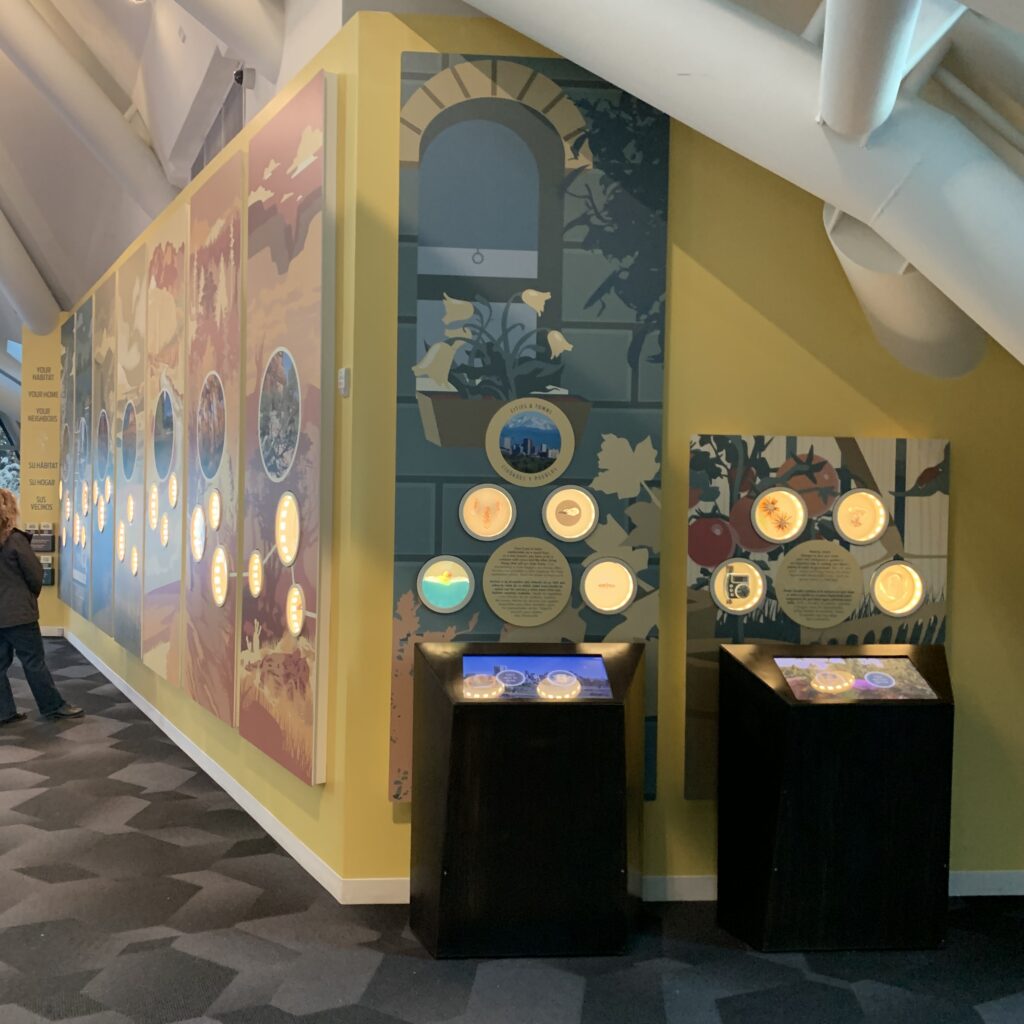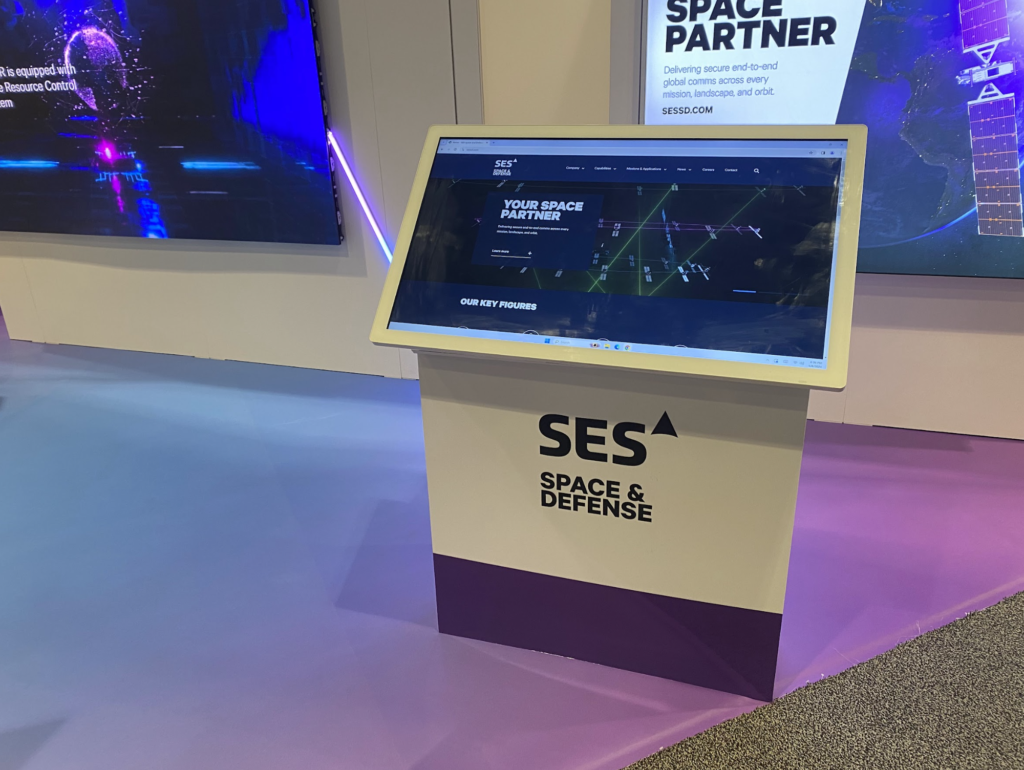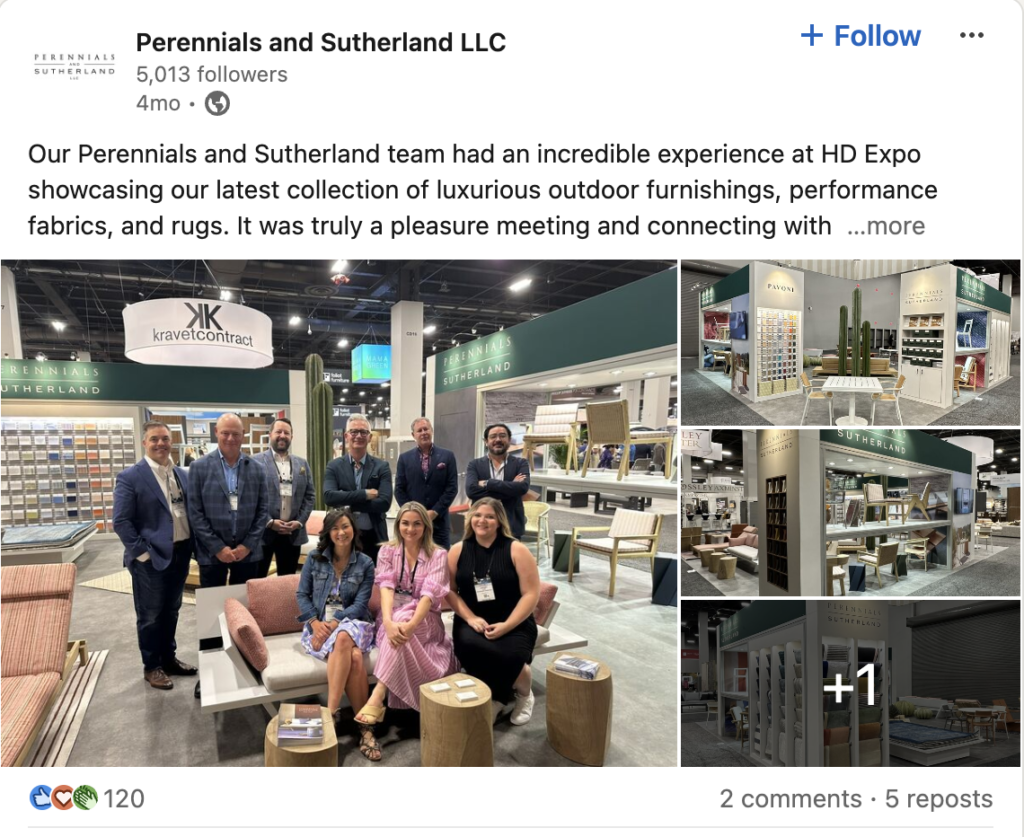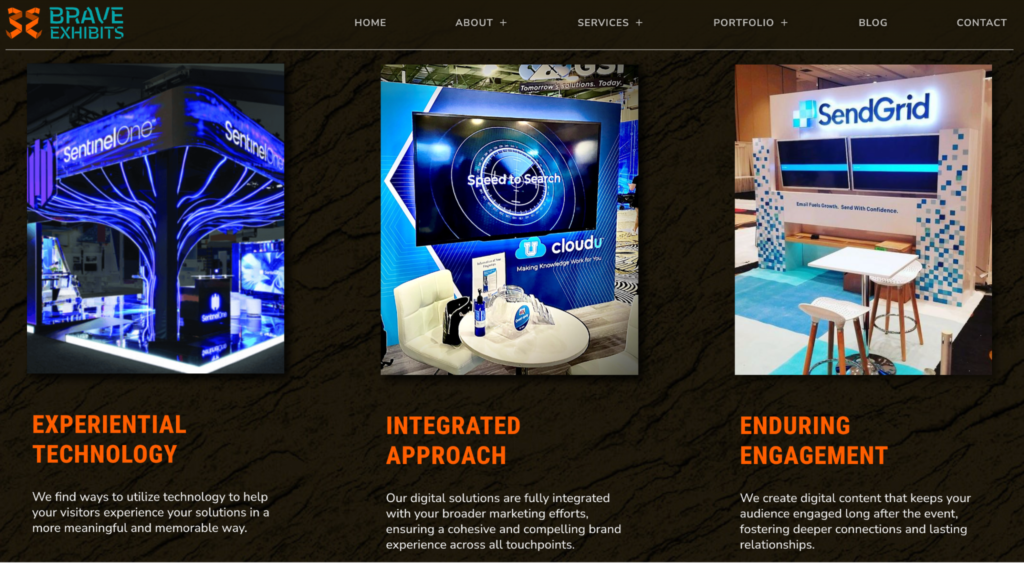Introduction
Trade shows present a prime opportunity for brands to connect directly with their audience, but standing out in a sea of exhibits requires more than a visually appealing booth. The real power lies in brand storytelling—integrating your brand’s values, mission, and narrative into your booth design to create a compelling experience. Many companies miss this opportunity, defaulting to generic setups that fail to engage or differentiate them from competitors.
The Importance of Brand Storytelling in Expo Booth Design
Brand storytelling isn’t just a marketing trend; it’s an essential tool focused on your origin story for building emotional connections with your target audience. Your expo booth design should reflect your brand’s identity, evoking the emotions you want your audience to associate with your products or services.
The key to successful storytelling is authenticity and differentiation targeting the problems you solve.
Companies often fall into the trap of using generic messages or visuals that don’t resonate. An impactful exhibit booth design goes beyond graphics; it crafts a narrative that attendees can immerse themselves in. When done right, it turns your booth into a living story, making visitors feel like they’re stepping into your brand’s world.

Read our case study on Sutherland Furniture here.
How to Build an Engaging Brand Story into Your Expo Booth Design
To craft an engaging brand story, consider the following steps:
1. Identify Your Core Message
Before designing your booth, pinpoint what you want attendees to take away about your brand. Is it innovation? Trustworthiness? Cutting-edge technology? Your core message will inform every aspect of your booth, from visuals to interactive elements.
2. Create an Immersive Environment
To set your brand apart, think beyond traditional booth layouts. Companies can leverage technology and creative design to immerse visitors in an environment that feels distinctly theirs.
For instance, consider creating themed areas that replicate real-life scenarios where your products or services are used. If you’re in tech, design a space that mimics a futuristic workspace where attendees can interact with your latest devices. If you’re in retail, bring elements of your flagship store directly to the show floor.

3. Use Digital Elements to Enhance Engagement
Many booths rely heavily on marketing videos that play on repeat, often going unnoticed. Instead, use shorter, dynamic video content or interactive displays that invite attendees to explore. Digital enhancements, motion-activated visuals, or virtual and augmented reality (VR/AR) can captivate your audience and enhance storytelling by allowing them to experience your brand story firsthand.
For example, instead of looping a 10-minute promo video, incorporate interactive screens where attendees can choose their own adventure—learning about different facets of your brand based on their interests. This approach not only engages but also personalizes the experience.

4. Integrate Experiential Elements and Sensory Engagement
To fully immerse visitors, incorporate sensory elements beyond sight. Soundscapes, tactile displays, and even scent branding can contribute to a multi-sensory experience that draws people into your story. Think of these elements as layers that deepen the emotional connection attendees have with your brand.
Best Practices for Companies Implementing Brand Storytelling
1. Focus on Differentiation
Companies often default to predictable designs due to their familiarity with what has “always worked.” However, differentiation is crucial to create a memorable trade show experience.
Instead of following a template, analyze what your competitors are doing and deliberately choose an approach that challenges these norms. Consider integrating unexpected features like interactive zones where visitors can engage with prototypes or an exclusive demo area that mirrors an industry lab or creative studio.

2. Embrace Flexibility and Modularity
For brands attending multiple trade shows, flexibility in your exhibit design is key. Modular setups, when integrated with storytelling elements, provide consistency across events while allowing for adaptability. Incorporate digital displays that can easily update the story or modify booth layouts to accommodate different audiences and event sizes.
3. Highlight Brand Heritage and Innovation Simultaneously
Striking a balance between your brand’s legacy and its forward-thinking initiatives is vital. Incorporating both elements into your booth showcases a holistic picture that appeals to a broad audience. For example, if your company has a rich history, create a visual timeline that a trade show attendee can walk through, culminating in an immersive experience of your latest innovations. This not only honors your past but demonstrates evolution and thought leadership.
Mistakes to Avoid When Integrating Brand Storytelling in Expo Booth Design
1. Over Reliance on Passive Displays
Passive elements, like static signage or long marketing videos, are common pitfalls. While these may convey information, they don’t engage visitors actively. Replace these with touchpoints that invite interaction—like touch screens displaying product features or interactive demos that align with your narrative.

2. Neglecting to Update and Innovate
Brands that use the same booth year after year without refreshing their story or design can appear stagnant. Large companies need to revisit their booth design for each major event, aligning it with current campaigns and market trends. Constant innovation not only keeps your brand relevant but shows your adaptability and thought leadership in the industry.
3. Inconsistent Messaging Across Platforms
Ensure that the brand message you tell at trade shows aligns with your omnichannel marketing strategy on different platforms, such as social media and digital campaigns. Consistency reinforces the message and builds stronger brand recall. Your trade show exhibit is an extension of your brand; discrepancies between your online presence and physical presence can confuse or disengage visitors.
Conclusion: Bringing Brand Storytelling to Life at Trade Shows
Brand storytelling is a powerful tool that, when effectively integrated into your trade show booth design, can create lasting impressions aka brand awareness no matter your booth size. By focusing on authenticity, differentiation, brand identity, and engagement, companies can transform their booths into dynamic spaces that captivate audiences and communicate their brand’s unique story.
For those ready to elevate their trade show presence, remember that the goal is not just to show up but to stand out. Whether through immersive environments, digital innovation, or sensory experiences, take the opportunity to craft an expo booth design that embodies your brand’s essence and challenges the expectations of a conventional trade show setup.




